As we approach the Non Fungible Conference in Lisbon to be held on April 4th and 5th at Pavilhão Carlos Lopes, we have prepared a list of 11 of the city’s best museums, art centres, and galleries you must visit while you are here!
If you are indeed coming to Lisbon, we would love to meet you in person during NFC. Artpool is taking part in the event with a project by collective MUXX, which combines ancestrality of Mexican Muxes with the latest technologies to discuss gender today. Click here to learn more about the project and, in the meanwhile, prepare yourself for these must-see art venues in Lisbon:
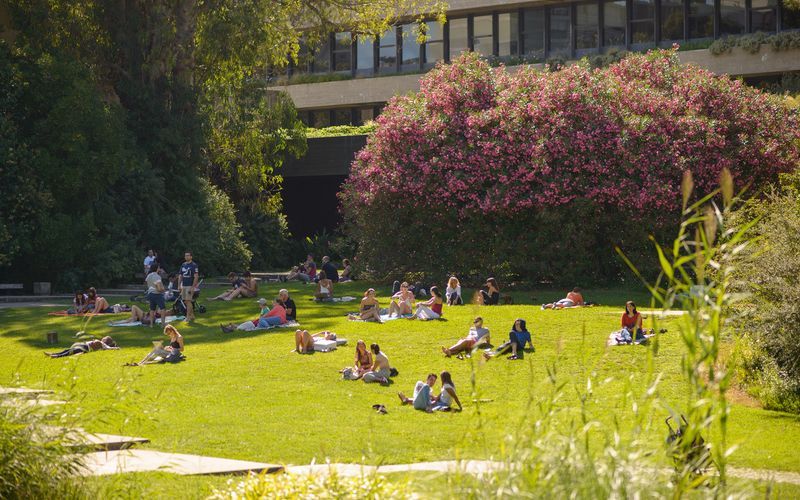
A beautiful garden in the city centre hosts the Calouste Gulbenkian Museum, founded to house the private collection of Armenian businessmen born in the Ottoman Empire in 1869. The unique collection is a mixture of Western and Eastern art, which travels throughout 5000 years of art history from Egyptian and Mesopotamian Art to Decorative European Art. The room dedicated to the jewels by René Lalique is a must-see!
“Europa Oxalá” is the temporary exhibition on view, which gathers 21 artists with family backgrounds originating in the former colonies in Africa. The 60 artworks selected by curators António Pinto Ribeiro, Katia Kameli and Aimé Mpane combine contemporary languages and traditional processes.
Take some time to have a coffee and enjoy the view of the museum’s garden or have a five-minute walk to Café Linha D’Água, the idyllic modern coffeehouse by a circular pool. If you still haven’t had enough, go see a classical concert at the main auditorium of the museum – the background of the stage is the beautiful garden!
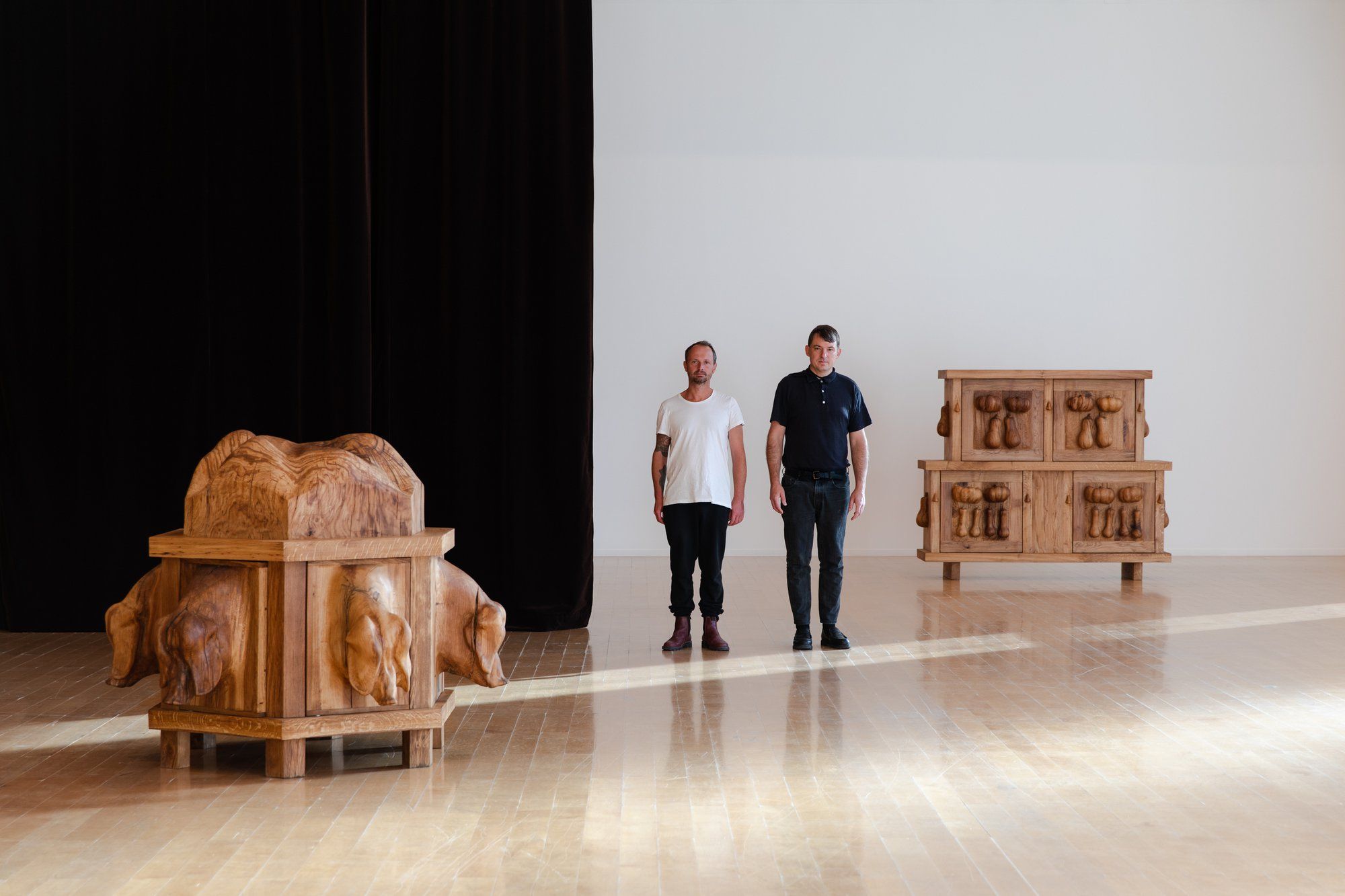
An odd building at Campo Pequeno hosts the cultural center dedicated to contemporary creation, which presents some of the most exciting contemporary art exhibitions in the city. Culturgest also has a regular program of performing arts, cinema and talks.
On view are two exhibitions: “The nude and the wood” is dedicated to the work of Daniel Dewar and Grégory Gicquel, who have been collaborating since the late 1990s. Curated by Bruno Marchand, it gathers ludic sculptures on wood and marble. The exhibition dedicated to American filmmaker, musician and visual artist, Tony Conrad (1940–2016) shows part of his experimental work.
After your visit, cross the street and find a garden inside the white walls of the public library, where you can enjoy a coffee or glass of wine.

Located in Belém, the same neighborhood of the famous pastry Pasteis de Belém, the Museu Coleção Berardo hosts the most amazing collection of modern and contemporary art in Portugal. Spare some hours to visit the permanent collection and encounter treasures by artists like Picasso, Dalí, Mondrian, Duchamp, Andy Warhol, Cindy Sherman, Francis Bacon, Maria Helena Vieira da Helena Silva and Helena Almeida.
The temporary exhibition “Gérard Fromanger: Splendour / Splendeur” is surprising! Curated by Eric Corne, the show is a retrospective of 26 series of colorful paintings by French artist Gérard Fromanger, who died last year. You can say his aesthetics converges with Pop Art however, each room shows the way the artist explored painting with very different techniques and subjects.
The museum is in the complex of Centro Cultural de Belém (CCB), the cultural center that offers a stimulating program of theatre, dance, concerts and cinema, as well as exhibitions dedicated to architecture.
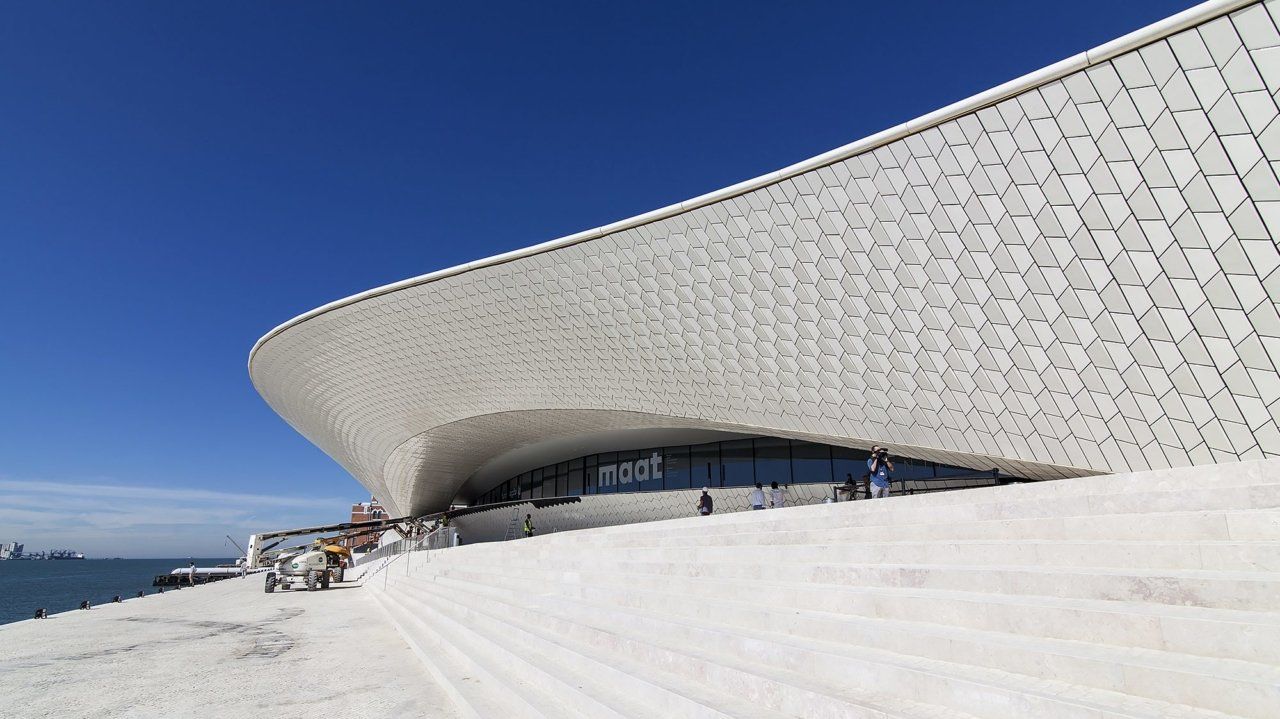
Have a long walk by the Tejo river in the direction to the Museum of Art, Architecture and Technology and experience one of the most beautiful views in the city. The cutting-edge building designed by the London-based architecture studio AL_A (Amanda Levete Architects) is groundbreaking. From March 30th, one of the most important Portuguese artists Alexandre Farto, aka Vhils, will present a monumental video installation that comprises slow-motion footage projected on screens that transform the museum’s Oval Gallery into a veritable urban labyrinth. The solo show by itself is already worth the visit, but don’t hesitate to see the collective shows “Interference” and “Visual Natures”.
Right next to the building is the Central Tejo, the old power plant that supplied power to the entire Lisbon region until 1972. The beautiful and industrial architecture of Tejo Power Station now hosts the Electricity Museum as well as MAAT’s temporary exhibitions and part of the museum’s collection.
“Traverser la nuit'' is the exhibition on view which presents works from the Antoine de Galbert Collection, curated by Noëlig Leroux. A well-known patron of the arts in France, Antoine de Galbert ran La Maison Rouge, the private art center in Paris whose activities shaped the city’s cultural landscape until it closed in 2018. The beautiful collective exhibition explores the subject of night and darkness: since the discovery of electricity our relationship with the night has changed for good. Some highlights are the artworks by Janaina Tschäpe, Leandro Erlich, Stéphanie Thidet, John Isaacs, Christian Bolstanski, Mari Katayama and Zanele Muholi.
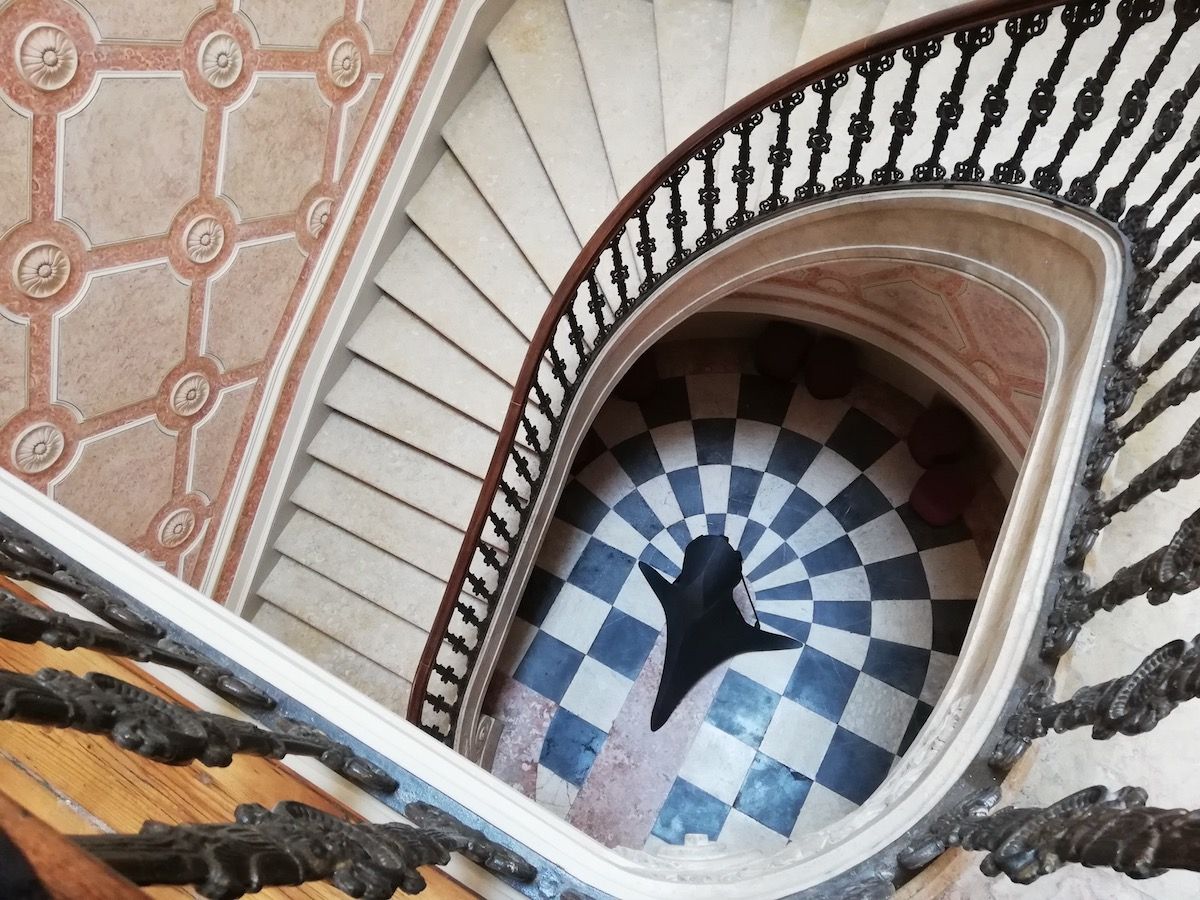
This cultural center founded by Portuguese Jesuits at Bairro Alto is a successful attempt to connect their community with the city and its contemporary context. Brotéria is more than 120 years old and in the past few years, its headquarters have occupied this exquisite house of the 16th Century.
Brotéria’s program is based on encounters and discussions surrounding spirituality, philosophy and contemporary culture. The rooms are open for anyone who wants a quiet place to study and work. The library and bookshop are also welcoming, as well as the coffee house, which has a graceful backyard and good options for small bites.
The gallery on the ground floor hosts the temporary exhibition "O Dedo no Olho" by Portuguese artist Inês Teles and curated by Maria Joana Vilela.
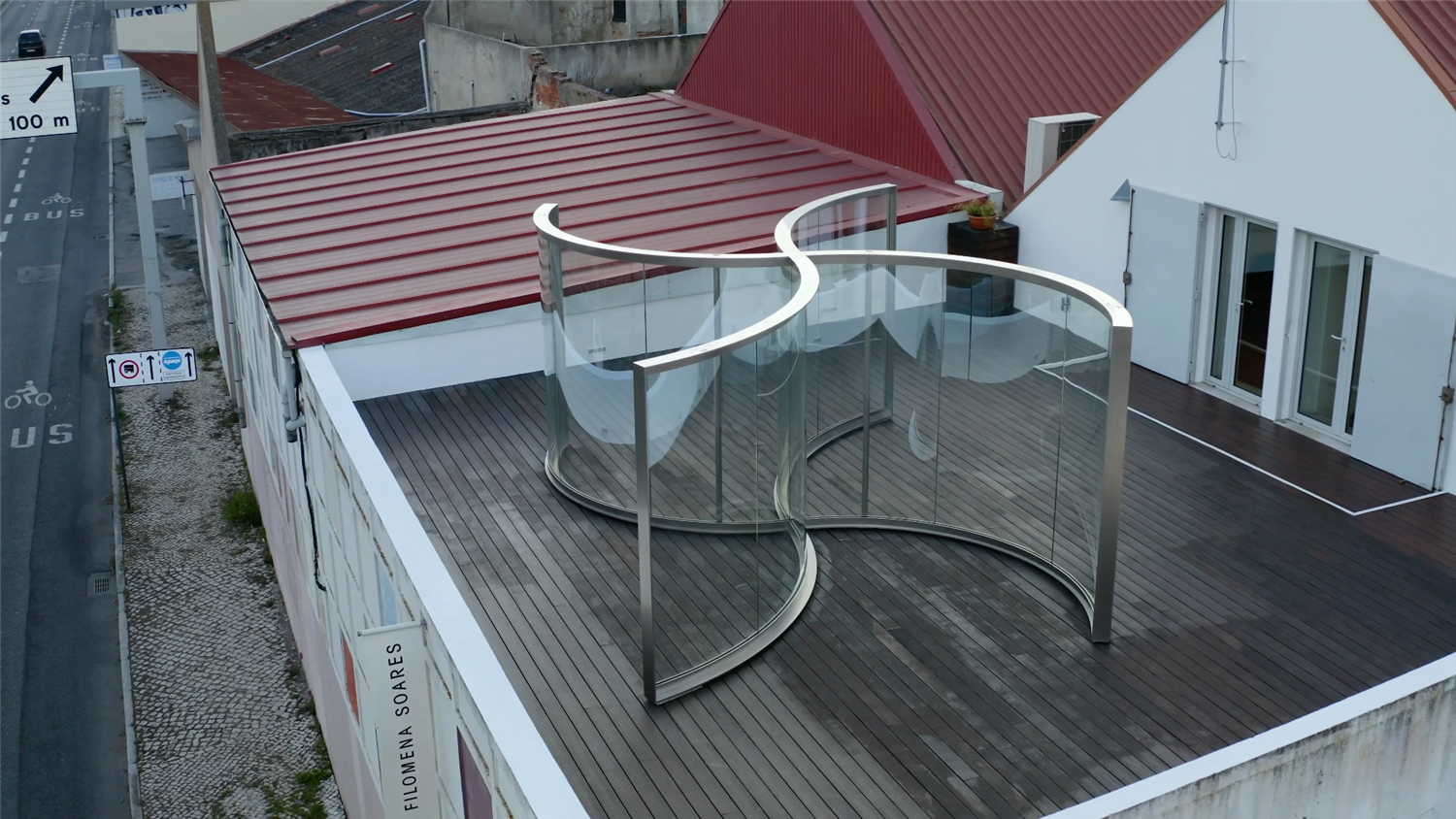
Probably the most beautiful gallery in the city, Galeria Filomena Soares is located in Beato district, which alongside Marvila is Lisbon’s hip neighborhood (Beato-Marvila’s main street, Rua do Açúcar, plays host to a wide range of charming spots). Far away from the city center, the area was, for decades, an industrial hub of great importance and is today one of its largest urban development sites.
Founded in 1999, Galeria Filomena Soares represents Portuguese artists like Fernanda Fragateiro, Helena Almeida and Rui Chafes, and international names like Shirin Neshat, Carlos Garaioca and Carlos Motta. The solo exhibition by Brazilian Daniel Senise is on view. Don’t forget to climb the stairs to the rooftop, where you can have a beautiful view to the river and Interact with a big installation by Dan Graham.
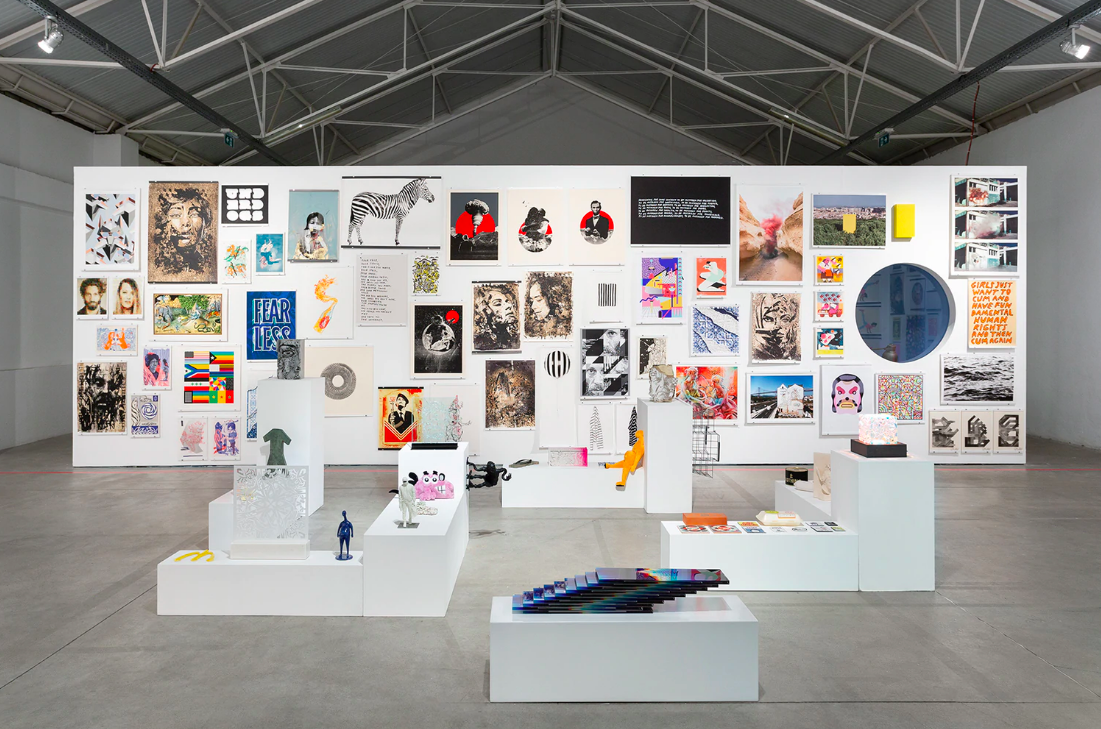
After leaving Galeria Filomena Soares, grab a taxi and go to Underdogs Gallery, the urban-inspired space that hosts major exhibitions by Portuguese and international artists throughout the year. Underdogs is at the same time a gallery and a cultural platform that fosters a public art program and the production of artistic editions. “I don’t wanna be, I am” is the group exhibition on view curated by the Ink and Movement (IAM) art project, which gathers works by artists such as Elian Chali and Franco Fasoli.
Run by Pauline Foessel, founder and director of Artpool, and artist Alexandre Farto, aka Vhils, Underdogs created opportunities for artists to develop their works “in the city, with the city and for the city”. No wonder it is one of the most exciting venues and projects in Lisbon!
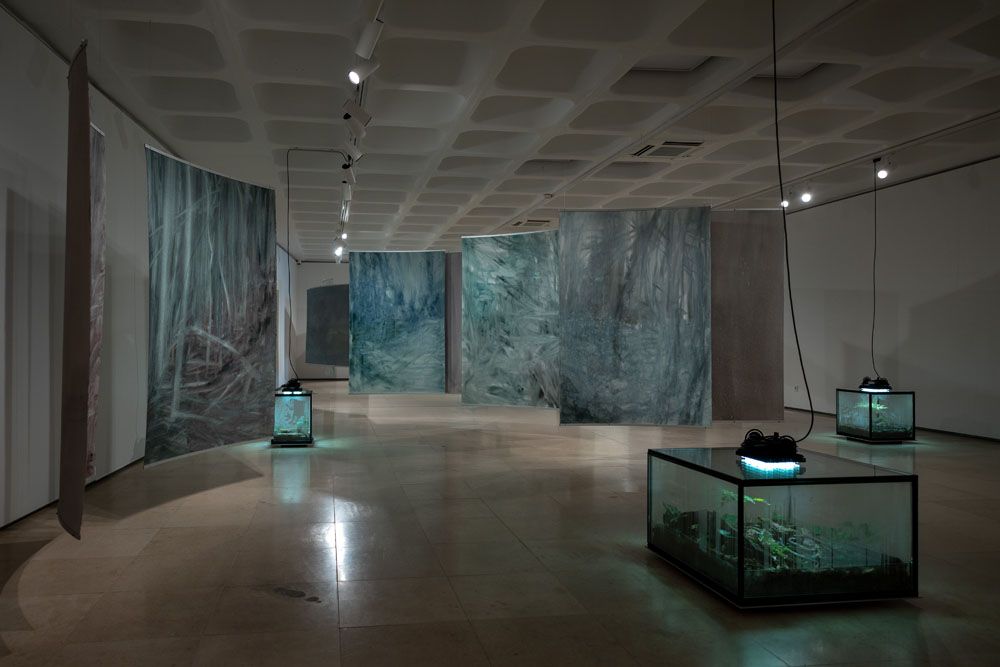
The established gallery located in the Campo Grande neighbourhood is run by welcoming Rui Brito, son of Manuel de Brito, who founded Galeria 111 in 1964. They have recently opened a new venue and host amazing exhibitions by artists such as Paula Rego, Lourdes Castro and Pedro Vaz. Do not leave the gallery before visiting the astonishing storage with hundreds of artworks – ask the gallery staff to lead you through it.
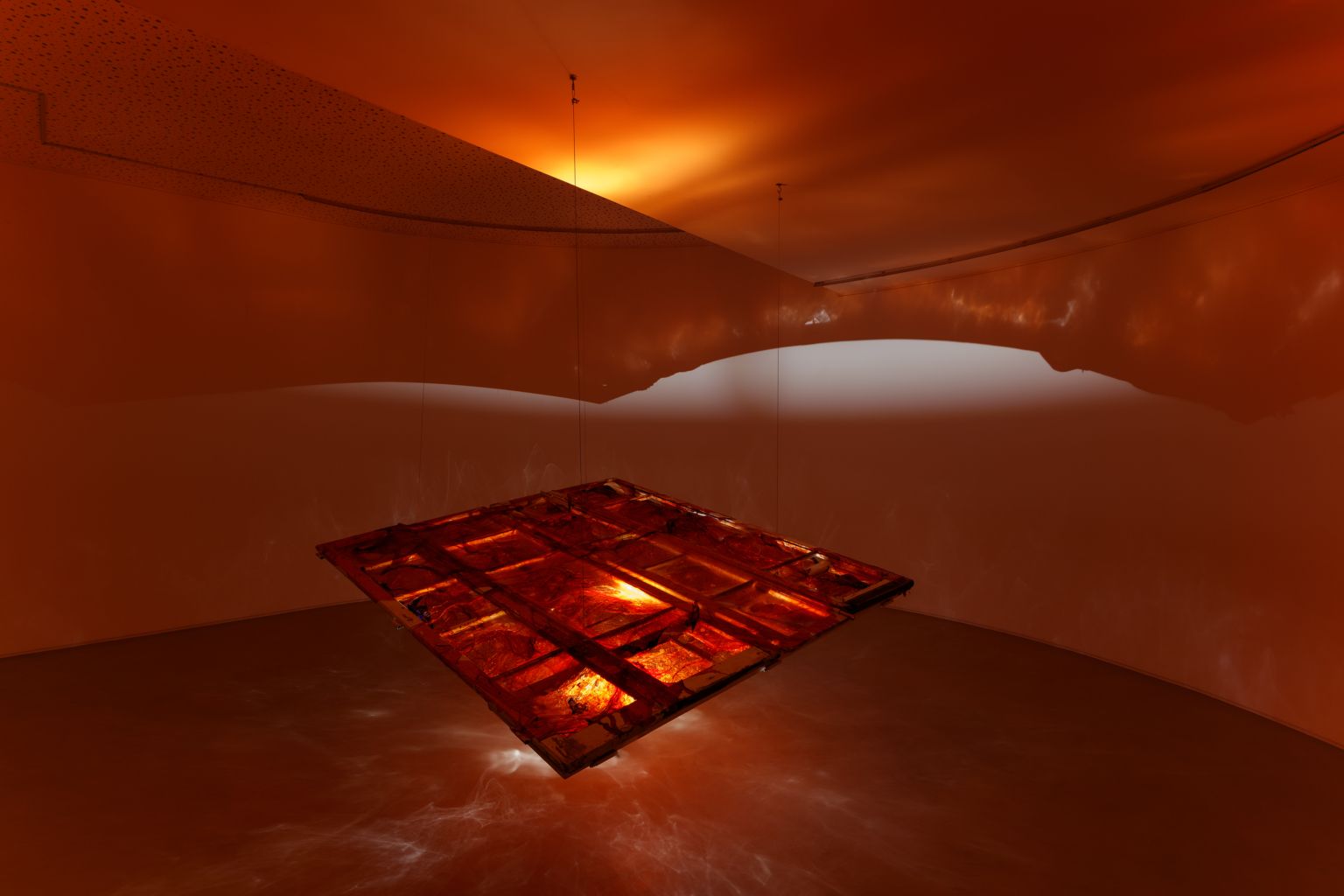
The venue where Galeria Foco is now housed is a renovated car dealership in Intendente, a trendy neighbourhood in Lisbon.
Go to the second floor with a car lift and see exhibitions by Portuguese and international artists such as “Notes on Discomfort” by Manuel Tainha.
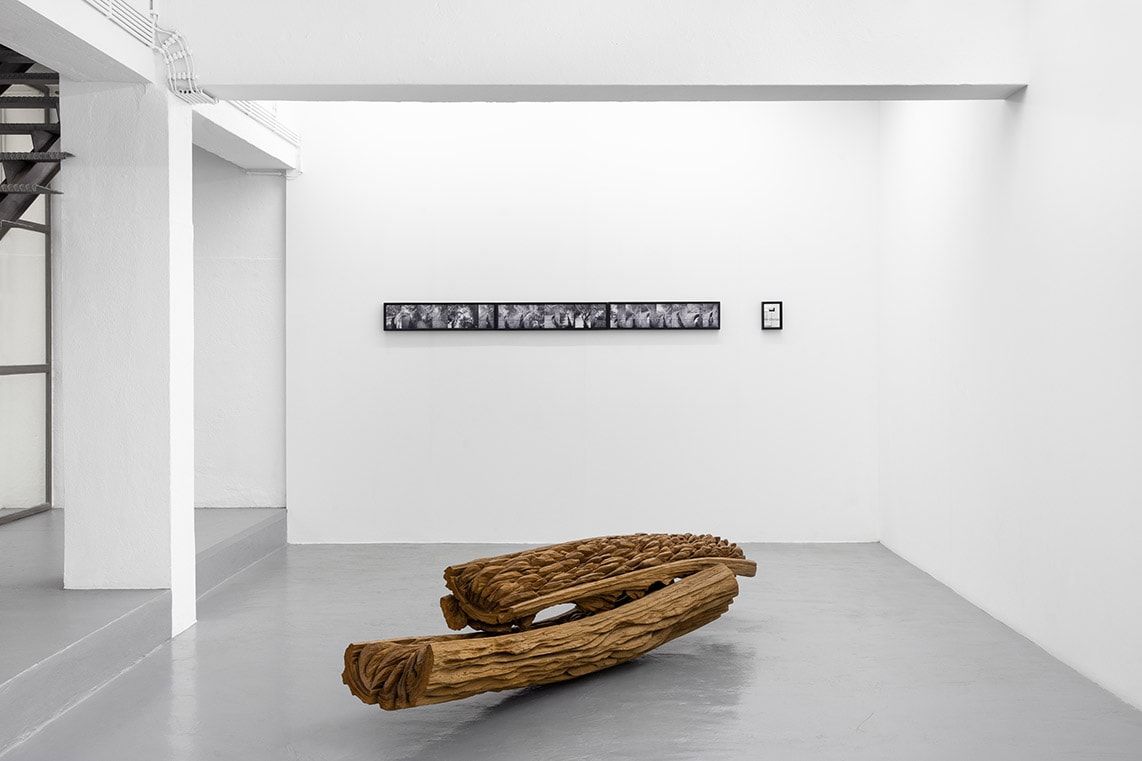
“In more drawings of houses. for you”, artist Carlos Nogueira presents sculptures that discuss a major theme of his practice: the exploration of the idea of house. The two-floor gallery has a beautiful collection downstairs with works by emerging national talents and international artists less known by the Portuguese audiences.
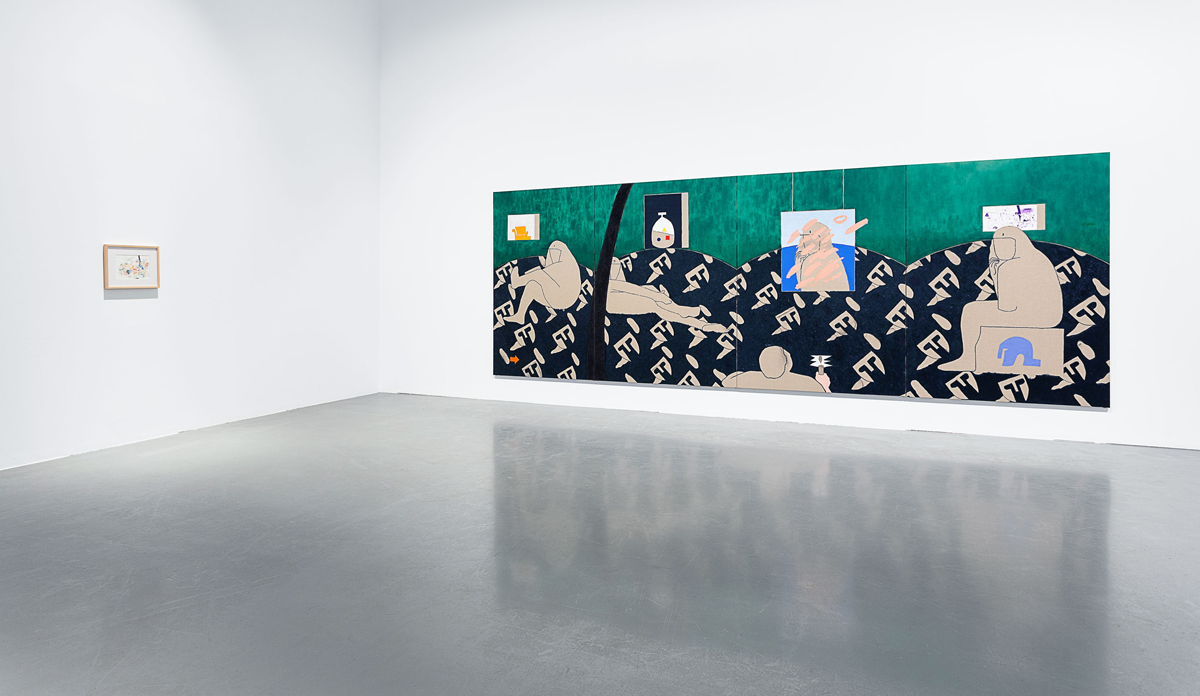
“ What’s for dinner?” is the question by Portuguese artist Hugo Brazão, who presents a set of works that explore how chemicals and hormones act in the body of human beings and animals, as well as how they dictate their behaviour and survival. The gallery is located in the traditional neighbourhood of Alvalade in a generous exhibition space which shed lights on works mainly by exciting young artists.